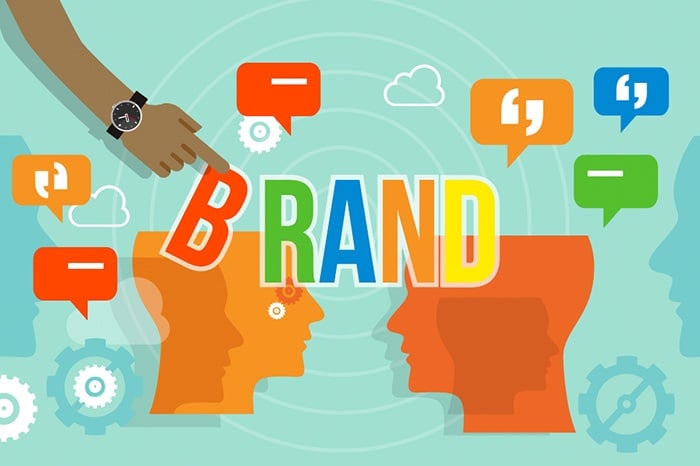While it may appear that you are saving time in the short term, neglecting your brand identity will simply bring additional difficulties in the long run. You should probably contact a branding agency in Malaysia, and if not you develop a brand identity yourself, but it won’t be easy.
By foregoing branding, your words may be heard loud and clear, but they may have unintended consequences and cause long-term difficulties. While not immediately obvious, the impact of this strategy will be seen in a variety of ways: you’ll receive more questions than purchases, audiences won’t understand what you’re all about, and potential consumers will buy from your competitors.
To compete, small companies must build and cultivate emotional relationships with their audiences through message, marketing, and engagement. Your brand is your most important asset, and when done correctly, the advantages and ROI are measurable and instant.
We’ll walk you through all you need to know to build a brand identity for your small business in this tutorial. You’ll discover branding best practices, how to engage a small company branding consultant, and how to use brand listening tools, among other things.
How to Develop a Brand Identity
Your brand identity consists of much more than just your logo. It consists of more than just style guidelines, marketing materials, and color palettes. Your brand identity is the sum of how your company looks, feels, and communicates with consumers. It has an impact on the overall customer experience and, as a result, how others perceive your trustworthiness and business.
With so much at stake, your small business brand identity will not appear miraculously overnight. It takes effort, study, and serious thought, but the rewards are well worth it.

Research.
You can’t build a brand identity that connects with your clients until you first understand them. So, first and foremost, take the time to fully understand your primary, secondary, and tertiary audiences. Create identities that reflect their interests, activities, and beliefs.
Move on to competitor research once you have a thorough grasp of your clients. In terms of aesthetic components, personalities, and themes, how are other firms in your sector promoting themselves?
Make assets for your brand.
The fun may begin after the research step is completed. It’s time to put all of your knowledge into pictures.
Define your brand’s narrative.
With a brand narrative, you can solidify your brand’s identity. This isn’t necessarily your genesis narrative, however, it will include details about why you began your company.
Iterate and improve.
It’s normal for your brand’s identity to evolve over time. After you’ve developed your original brand identity, examine and modify it in response to client feedback. To find out what works best, try out various ideas and methods. For example, on your site, you might A/B test alternative taglines to determine which tale connects the most with your audience.
